Pork-barrel politics
While funds allocated to legislators are part of development budget, no PC-I is prepared for schemes they identified.
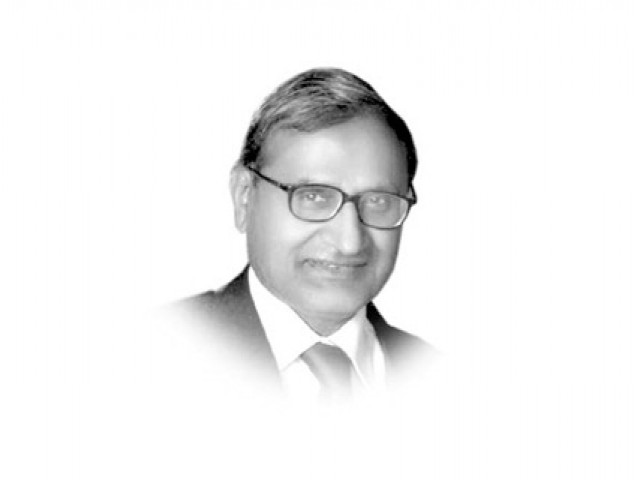
A beneficiary Senator from the PML-N has protested that the media misconstrued the whole affair. The money was not going into his pocket. His role was only to identify schemes where the funds would be used, with the concerned government agencies, later implementing them after preparing a PC-I (a form provided by the Planning Commission that is filled by government agencies for details about various development projects that they may be pursuing).
This is mostly true. The Senator is right that preparing the PC-I is the normal and proper route for utilising the development budget. But the good Senator ought to know that while the funds allocated to legislators are part of the development budget, no PC-I is prepared for the schemes identified by them. Money is disbursed through government agencies, to politically chosen contractors and there is no monitoring of the implementation of these schemes. Nor has there been an evaluation of these schemes in the proper sense of the term. In cases where a scheme is completed, there is no ownership for its maintenance in the future. Abandoned structures, buildings used for purposes other than what they were originally intended for, poorly-staffed health units and schools, malfunctioning water supply schemes, poles without electricity and disconnected gas lines are only some of the familiar sights.
In Pakistan, the author of pork-barrel politics was, none other than Ziaul Haq, who allocated specific funds for the members of his hand-picked Majlis-i-Shura. This practice continued under various names: the MNAs/MPAs programme under Junejo, the Peoples Programme under the PPP governments and the Tameer-i-Watan Programme under Nawaz Sharif, who also extended it to the Senators.
Former president general Pervez Musharraf, the arch-enemy of corrupt politicians, improved upon the ideas of General Zia by taking pork-barrel politics to greater heights and extended it to the indirectly elected women and minority legislators. It was renamed as the Khushal Pakistan Programme (KPP) and divided into KPP-I and KPP-II. The former allocated fixed annual sums to the legislators, while the latter, involving a much larger amount, was placed at the discretion of the chief executive.
As in many other cases, the PPP government has continued with this Musharraf legacy. Only the nomenclature has changed to the Peoples Works Programme (PWP). In the current year’s budget, the allocation for PWP-I was Rs5 billion and that for PWP-II was Rs28 billion. Whatever the level of the fiscal deficit, these programmes are never scaled down.
In the last fiscal year, for the first time, some of the money was diverted to relief programmes for flood victims. Senators, who do not have flood-affected constituents, couldn’t care less and got their money back when the opportunity presented itself. How the lapsed money can be restored constitutionally is not their concern either.
Political programmes, estimated to be one-fifth of the development budget when special packages are also included, are not a speciality of the federal government alone. In Punjab, for example, pork barrel money has risen sharply from 6.5 per cent of the development budget in 2006-07 to 19 per cent in 2010-11.
Published in The Express Tribune, March 9th, 2012.


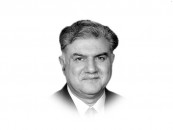

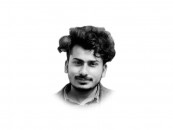


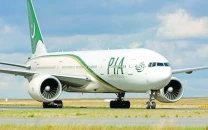
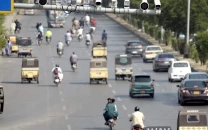
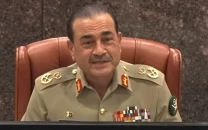
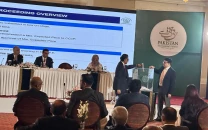
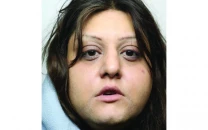
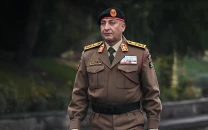
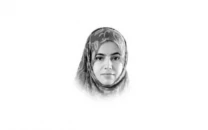


COMMENTS
Comments are moderated and generally will be posted if they are on-topic and not abusive.
For more information, please see our Comments FAQ